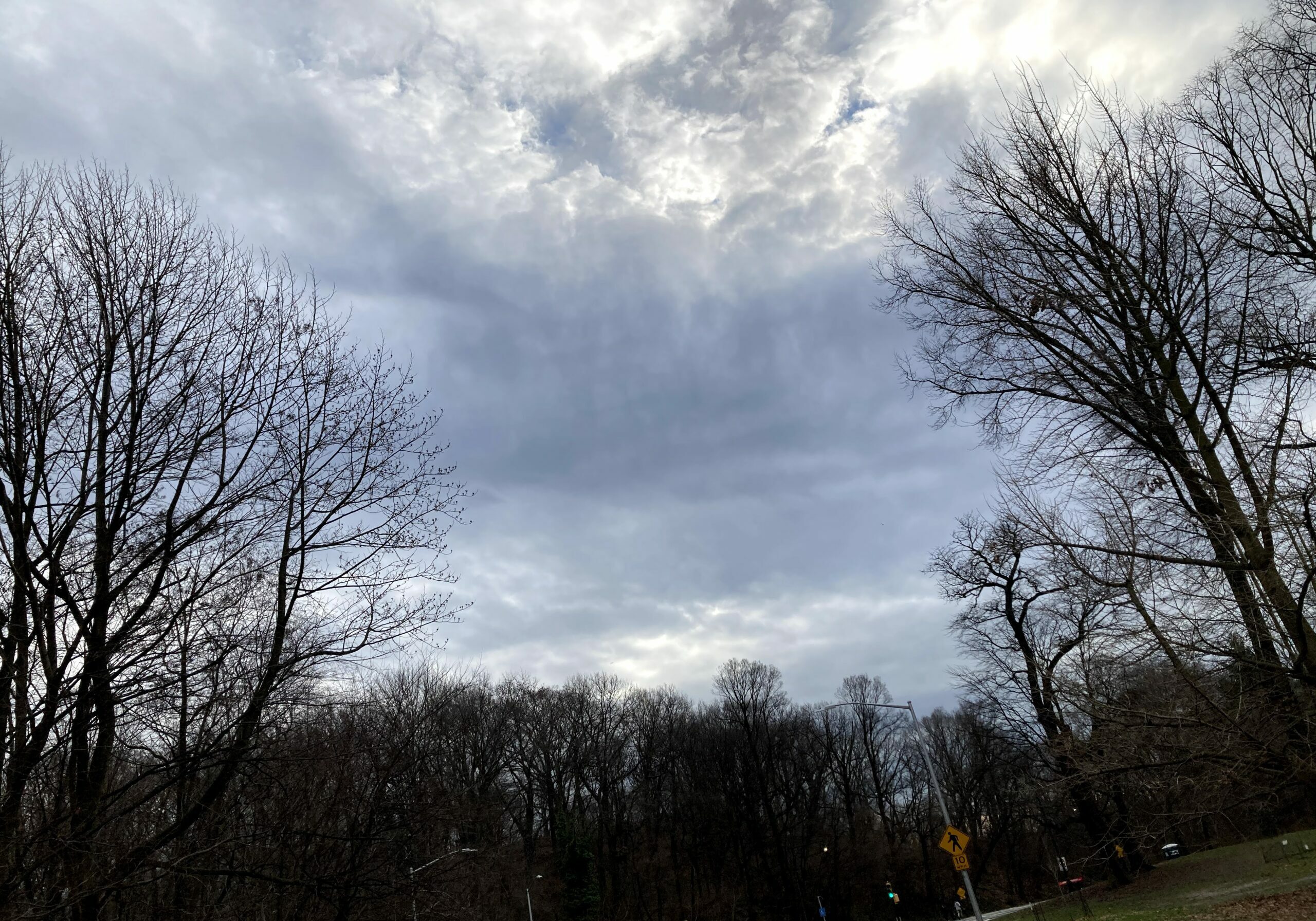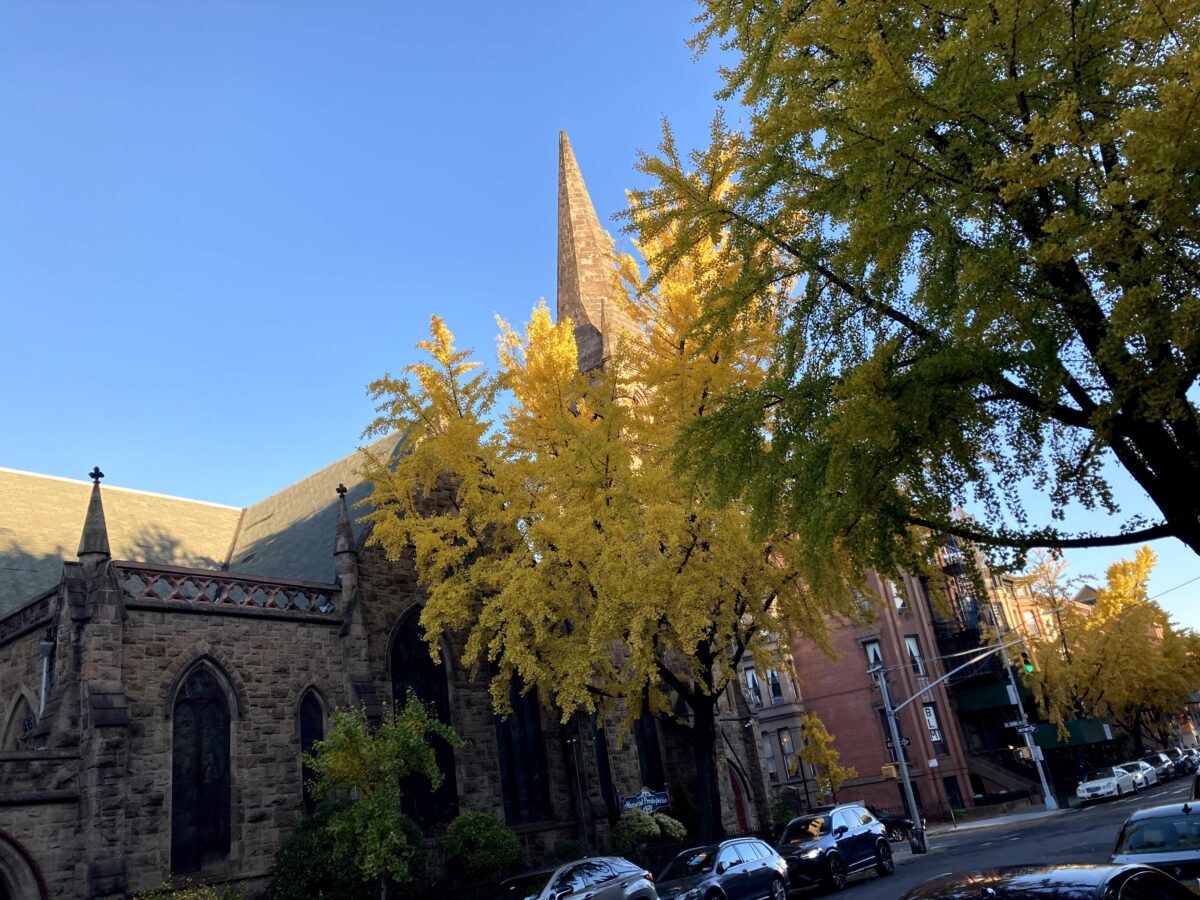June 26, 2024
How well do you uncover hidden layers of value?

How do you hear it?
This is the most important question for a songwriter to ask.
Not, what are the lyrics? Not, what chords do you use? Now, what’s the hook?
But rather, how do you hear it?
Because the core of creative expression is problem solving. Being sensitive to subtle musical nuances. Following up on momentary curiosities and intuitive leads, if only to see if they point to new opportunities. The true talent is being open to the voice of the situation and context, identifying what wants to be written, and then executing on that.
Imagine a record producer who goes to a showcase night at a rock club, looking to sign new talent. A beautiful but green songwriter takes the stage. Just her, the guitar, and a microphone. She begins hesitantly performing an original song that nobody in the world has ever heard, besides her cat.
But the producer hears things other people in the bar miss. Arrangements and composition galvanize. In his mind, all the other instruments on stage come to life. Drums, bass, piano and cello magically start to accompany the nervous songwriter, who, in the moment, is dutifully listening to her voice and guitar.
But that’s it. The record producer is doing what he does best, which is asking himself the question, how do you hear it?
This skill is called opportunity recognition, or ability to recognize the potential for valuable outcomes or projects based on an initial observation or insight. It’s the capacity to see the leverage before it exists.
And while it involves a high degree of intuition, this is also an ability that can be learned and developed. Not only by musicians, but anyone in a creative field.
Because in opportunity recognition, we see beyond the surface and explore the deeper potential of a situation. We uncover the hidden layers of value or potential impact. Below I will share a model for growing this skill:
The first strategy is called projection of quantity.
This is when you envision and consider the potential outcomes or impacts that could arise from increasing the volume of a single element, resource, or action.
You notice something and think to yourself, wow, I wonder how accumulating more of that could have amplified effects, advantages, or benefits.
The second strategy of opportunity recognition is called logic of impact.
This refers to the rational understanding and analysis of how specific actions, changes, or elements can directly or indirectly influence results.
You’re examining the cause and effect relationships between different factors to see how they contribute to achieving certain goals or producing particular effects.
Another opportunity recognition strategy is the multiplication of value.
Unlike projection of quantity, which focuses on potential impact of increasing volume, and logic of impact, which examines cause and effect relationships, value multiplication emphasizes the synergistic enhancement that arises from the interaction or integration of diverse elements.
It underscores the idea that the collective effect of these elements creates a more substantial and valuable result than what would be achieved by considering them in isolation.
Not unlike the music producer who sees a solo guitar player, but hears an eighty piece orchestra, the opportunity lies in the growth potential.
Audiences will pay thirty bucks to see an acoustic show, but they’ll also pay three hundred bucks to see symphony. We multiplied the value.
How strong is your opportunity recognition ability? When was the last time you used that to create value in the world?
Get in the habit of asking yourself, how do you hear it? This will help you discern new directions that guide you toward value that may not be immediately obvious.
And the music will be glorious indeed.
How well do you uncover hidden layers of value?

